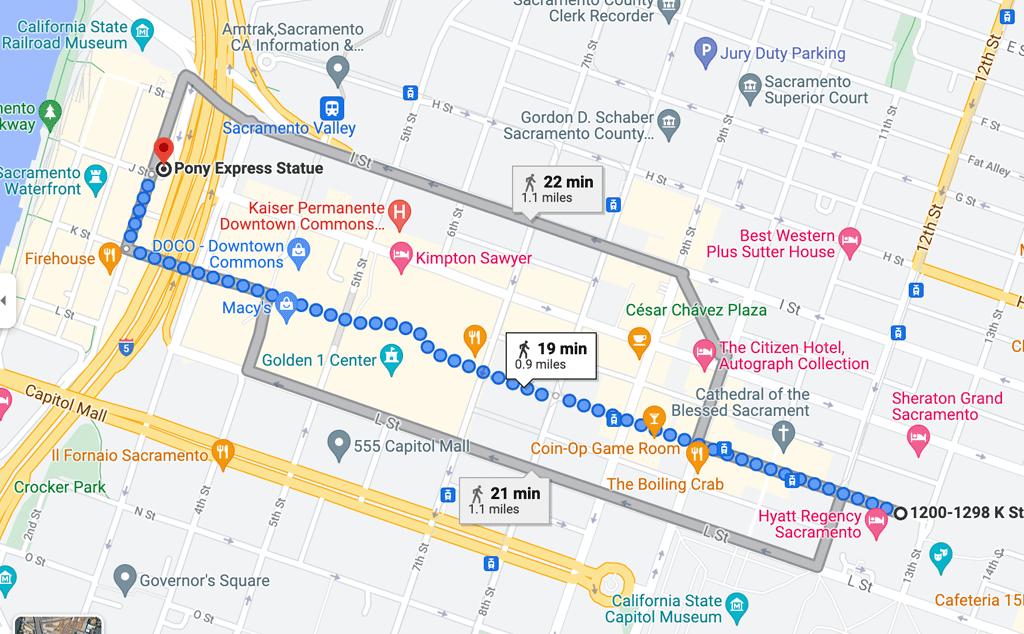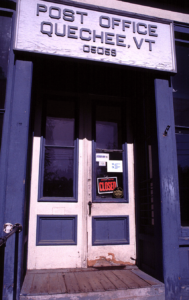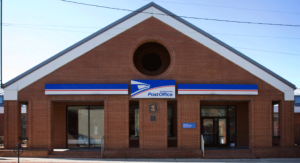This issue has not yet been announced, but rates change on January 9, which usually means a new stamp will be issued. Details, when available, will replace the information on this page.
Scott Catalogue U.S. Update (December 2021)
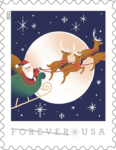 5644 (58¢) Christmas – Santa Claus on Roof
5644 (58¢) Christmas – Santa Claus on Roof
5645 (58¢) Christmas – Santa Claus in Fireplace
5646 (58¢) Christmas – Head of Santa Claus
5647 (58¢) Christmas – Santa Claus, Sleigh and Reindeer in Flight
a. Block of 4, #5644-5647
b. Convertible booklet pane of 20, 5 each #5644-5647
5648 (58¢) Otters in Snow – Otter in Water
5649 (58¢) Otters in Snow – Otter, Tail at Right
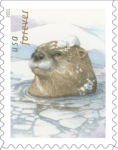 5650 (58¢) Otters in Snow – Otter, Tail at Left
5650 (58¢) Otters in Snow – Otter, Tail at Left
5651 (58¢) Otters in Snow – Otter in Snow
a. Block of 4, #5648-5651
b. Convertible booklet pane of 20, 5 each #5648-5651
2021 Holiday Shipping Deadlines (USPS, UPS, FedEx)
 Consumer Reports has compiled the dates for each company’s various services, and you can find them here. While the article does ask you to log in, you can read all of it for free.
Consumer Reports has compiled the dates for each company’s various services, and you can find them here. While the article does ask you to log in, you can read all of it for free.
One important point: See what your retailer says about its expected delivery windows. It won’t matter what the shipping company’s deadline is if the retailer doesn’t get the product out the door for two weeks!
U.S. Post Offices’ Holiday Hours
[press release]
Postal Service Closed Christmas Day and New Year’s Day
WASHINGTON, DC — Post Office locations nationwide will be closed on Christmas Day, Saturday, Dec. 25, 2021, and New Year’s Day, Saturday, Jan. 1, 2022.
All Post Office locations will be open, and regular mail delivery will resume, on Monday, Dec. 27, 2021, and Monday, Jan. 3, 2022.
Some Post Office locations may have extended hours leading up to the holidays, while others may have limited hours on Christmas Eve, Friday, Dec. 24. There are currently no plans for limited hours on New Year’s Eve, Friday, Dec. 31. Customers are advised to always check with their local Post Office for hours of operation.
Blue collection boxes with final collection times before noon will not be affected by an early closing Dec. 24.
If a box has a final collection time after noon, its mail may be picked up earlier. For mail pickup on Dec. 24, customers are asked to either put their mail into blue collection boxes by noon regardless of the final collection times posted on the box, or take their items to one of our more than 34,000 Post Office locations.
Customers who are unable to mail items before the scheduled collection box pickup times on Dec. 24 should visit the online Postal Locator tool at tools.usps.com to find Post Office locations that may be open late.
As a reminder, blue collection boxes are not serviced on Sundays.
The Postal Service generally receives no tax dollars for operating expenses and relies on the sale of postage, products and services to fund its operations.
GASS 2022: Old Sacramento Underground
The sights at Old Sacramento State Park — about a mile from Great American Stamp Show — aren’t just above-ground.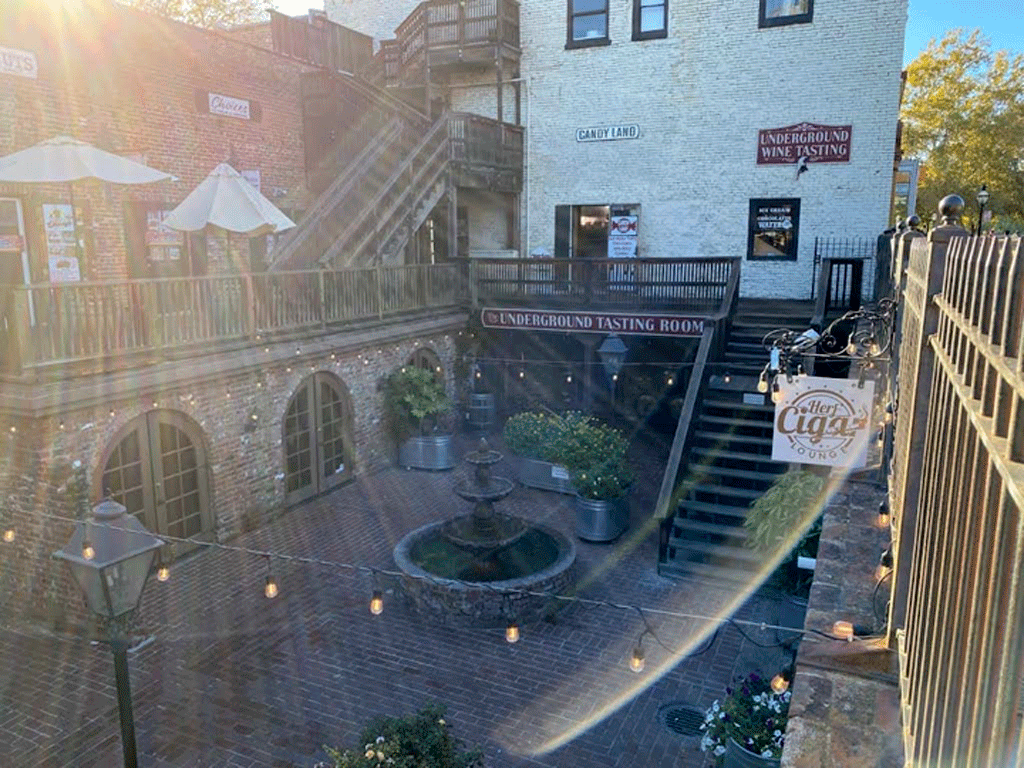 After several devastating floods they decided to raise the city by hauling in dirt. The project began in 1868 and finished in 1873. This basically made the first floors of many buildings become the basements and the second floor became the first floor. Today, there are tours of Sacramento underground.
After several devastating floods they decided to raise the city by hauling in dirt. The project began in 1868 and finished in 1873. This basically made the first floors of many buildings become the basements and the second floor became the first floor. Today, there are tours of Sacramento underground.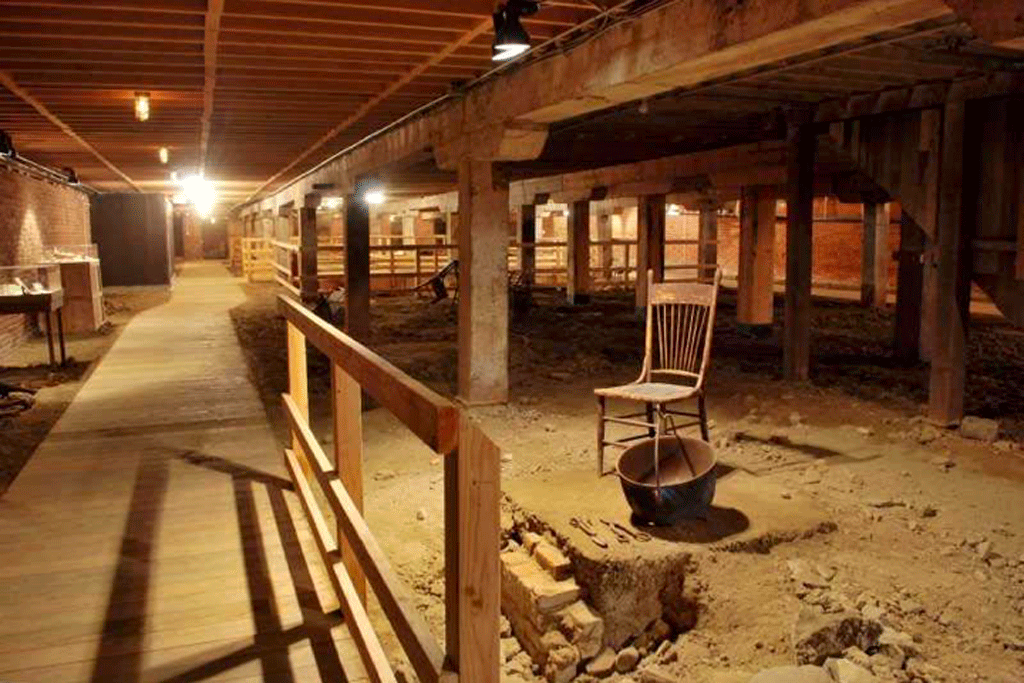 There’s even an underground (or mostly underground) passageway back to the convention center area.
There’s even an underground (or mostly underground) passageway back to the convention center area. 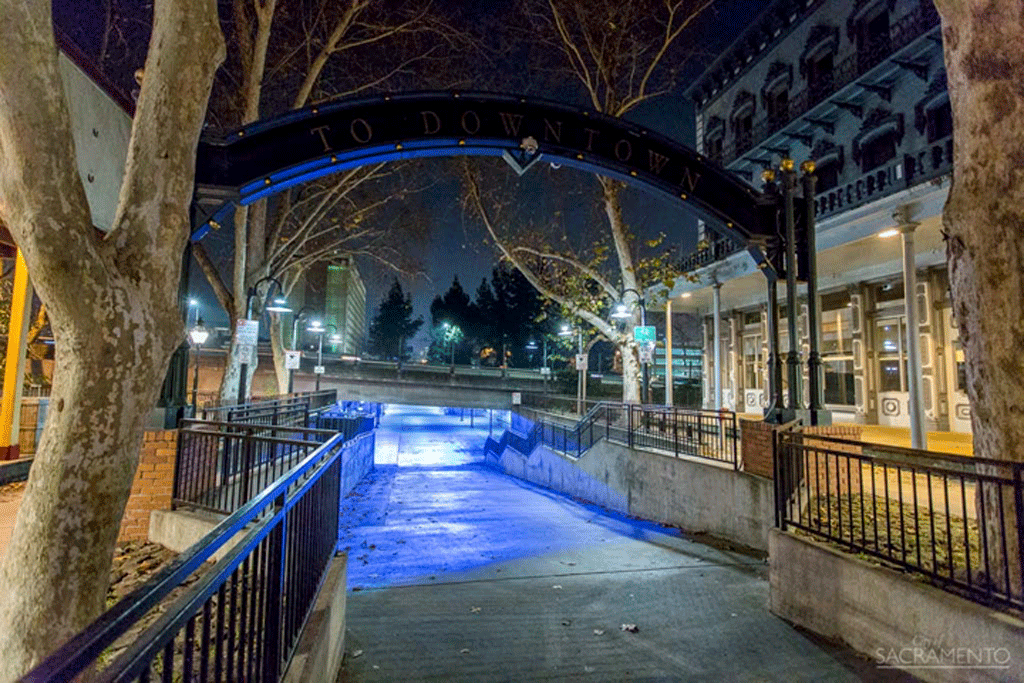
Shreve to Head US Museum’s Council
[press release]
National Postal Museum Appoints New Chairman to Its Council of Philatelists
Charles F. Shreve To Lead Council
 The Smithsonian’s National Postal Museum has announced the appointment of Charles F. Shreve as chair of its Council of Philatelists. The council provides the museum with philatelic advice, advises on engagement with the global philatelic community, promotes and advocates for the museum’s mission, purpose and programs to the nation and helps build the financial base of the museum. Members are appointed by the Smithsonian’s Board of Regents.
The Smithsonian’s National Postal Museum has announced the appointment of Charles F. Shreve as chair of its Council of Philatelists. The council provides the museum with philatelic advice, advises on engagement with the global philatelic community, promotes and advocates for the museum’s mission, purpose and programs to the nation and helps build the financial base of the museum. Members are appointed by the Smithsonian’s Board of Regents.
“Charles Shreve’s leadership was pivotal in helping the National Postal Museum create the William H. Gross Stamp Gallery, the finest collection of philatelic exhibitions in the world,” said Elliot Gruber, director of the museum. “He assumes chairmanship of the museum’s Council of Philatelists at a crucial time as the museum re-imagines its atrium level galleries and public spaces, as well as our strategic commitment to develop and launch new digital engagement experiences.”
Shreve has served on the museum’s Council of Philatelists since 2001. He is a life-long professional philatelist who has made a career of his hobby for more than four decades. In the early 1980’s he developed an innovative style of describing and presenting stamps in luxuriant auction catalogues, which allowed him to be counted among the premier auctioneers of high-quality U.S. and International stamps and postal history. In 1993 he 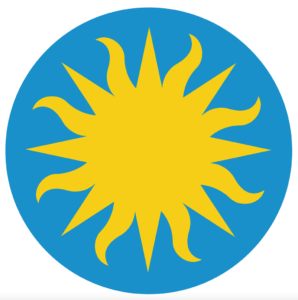 founded Shreves Philatelic Galleries, and the firm quickly rose to a leading position in the international philatelic marketplace. In 2007 he sold his firm to an international auction company based in London and became an independent consultant for high end collectors. In 2012 he joined Robert A. Siegel Auction Galleries as director of their International auctions. In his career Charles has been involved in the sale of nearly one billion dollars’ worth of rare philatelic material.
founded Shreves Philatelic Galleries, and the firm quickly rose to a leading position in the international philatelic marketplace. In 2007 he sold his firm to an international auction company based in London and became an independent consultant for high end collectors. In 2012 he joined Robert A. Siegel Auction Galleries as director of their International auctions. In his career Charles has been involved in the sale of nearly one billion dollars’ worth of rare philatelic material.
Charles maintains numerous memberships in the hobby, including being a life member of the American Philatelic Society, the U.S. Philatelic Classics Society and the American Stamp Dealers Association. In addition, Charles is a Fellow of the Royal Philatelic Society of London.
 Shreve succeeds Donald Sundman as chair of the museum’s Council of Philatelists. Sundman served as chair since 2003 and will continue serving as a member of the council. “Don Sundman has been a central guiding force for the National Postal Museum,” said Gruber. “His dedication and passion to the National Postal Museum has been instrumental in broadening the reach of the museum within the global philatelic community.”
Shreve succeeds Donald Sundman as chair of the museum’s Council of Philatelists. Sundman served as chair since 2003 and will continue serving as a member of the council. “Don Sundman has been a central guiding force for the National Postal Museum,” said Gruber. “His dedication and passion to the National Postal Museum has been instrumental in broadening the reach of the museum within the global philatelic community.”
Other members of the National Postal Museum’s Council of Philatelists are listed on the museum’s website.
About the Smithsonian’s National Postal Museum
The National Postal Museum is devoted to presenting the colorful and engaging history of the nation’s mail service and showcasing one of the largest and most comprehensive collections of stamps and philatelic material in the world. It is located at 2 Massachusetts Ave. N.E., Washington, D.C., across from Union Station. The museum is currently open Friday through Tuesday, 10 a.m. to 5:30 p.m. For more information about the Smithsonian, call (202) 633-1000.
More Old Sacramento Photos
No, no, this isn’t a photo of a stamp collector in the hotel bar after TurkeyPex 2022 (or 1872, for that matter). 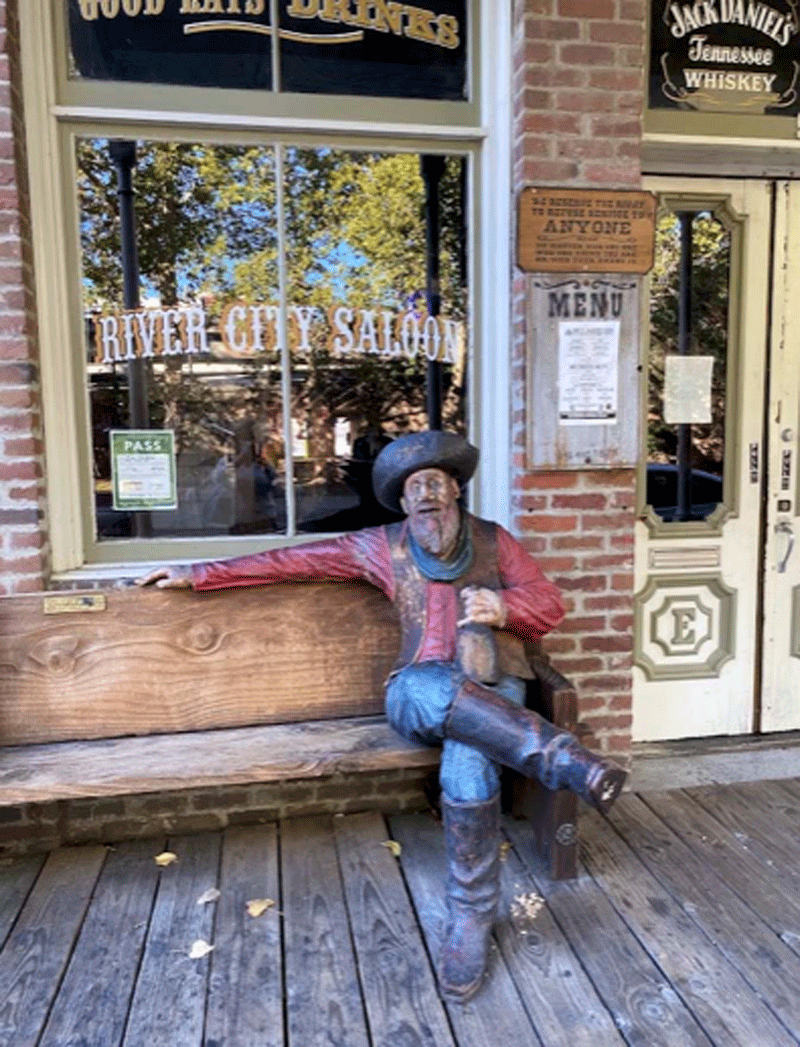 It’s one of the displays from Old Sacramento State Park, a little over a mile from the convention center where Great American Stamp Show 2022 will be held August 25-28.
It’s one of the displays from Old Sacramento State Park, a little over a mile from the convention center where Great American Stamp Show 2022 will be held August 25-28.  You might want to leave some time in your trip to visit Old Sacramento. It looks as if it will be worthwhile.
You might want to leave some time in your trip to visit Old Sacramento. It looks as if it will be worthwhile.
Canada’s 2022 Stamp Programme
Pre-2022 overview story is here.
Updated December 31st.
| January 21 February 7 March 1 April 7 April 12 April 22 May 20 June 7 June 9 June 21 July 7 July 21 September 19 September 21 September 29 October 6 October 17 October 28 November 1 November 1 November 7 November 14 |
Black History: jazz artist Eleanor Collins Sc. 3316 Queen’s Platinum Jubilee Sc. 3317 pane, 3318 booklet Flowers: Calla Sc. 3319-23 (see page) Organ and Tissue Donation Sc. 3324 Eid Sc. 3325 Singer Salome Bey Sc. 3226 Endangered Whales Sc. 3327 (souvenir sheet), 3328-3332 Gov. General’s Foot Guards (env) Sc. TBA Vintage Travel Posters (CAPEX) Sc. 3333 (souvenir sheet), 3334-3338 Indigenous Leaders (3) Sc. 3339 (souvenir sheet), 3340-3342 Ukraine Relief Sc. TBA Vintage Carousels Sc. 3343, 3344-3348 Community Foundation Sc. B33 1972 Canada-USSR Summit Hockey Series Sc. 3349 Truth & Reconciliation Sc. 3350-3 Diwali Sc. 3354 Canadians in Flight (second set) Sc. 3355-60 (See page) Remembrance Day: Tommy Prince Sc. 3361, 3362 for booklet version Christmas Star (modern take on Nativity) Sc. 3364 Holidays Birds Sc. 3363, 3365-7 (see page) Hanukkah Sc. 3368 Monique Mercure Sc. 3369 single from pane, 3370 booklet single |
For all Canadian new issues: The press release issued December 20:
The press release issued December 20:
[press release] [click on any of the pictures for larger versions]
Indigenous leaders, legendary singers, and vintage travel posters and carousels among subjects in Canada’s 2022 stamp program
Other stamps will shine a spotlight on the National Day for Truth and Reconciliation, organ and tissue donation and endangered whales
OTTAWA – The 2022 Canadian stamp program will celebrate some of the country’s most accomplished individuals, historic milestones, holidays, and creatures that share our planet.
The line-up includes the following subjects, among others:
- Two legendary jazz and blues singers
- Life-saving organ and tissue donation
- Vintage travel posters, which will be launched at the CAPEX 22 international philatelic exhibition in Toronto
- Three eminent Indigenous leaders
- The plight of endangered whales in Canadian waters
- Vintage carousels that are the pride of five Canadian communities
- The National Day for Truth and Reconciliation, which honours the lost children and survivors of the residential school system and their families and communities
- Canadians in Flight, part II, a return trip showcasing more examples of aeronautical prowess.
The following popular series will also return:
- Our annual Flower stamps will bloom with elegant callas.
- The Canada Post Community Foundation issue will once again encourage Canadians to support children and youth.
- New Eid, Diwali and Hanukkah stamps will honour the spirit of these cultural celebrations.
- Annual Christmas and holiday stamp issues will feature a modern take on the Nativity and messages of good cheer from three beautiful birds.
Canada Post is proud of its role as one of Canada’s storytellers. The independent Stamp Advisory Committee recommends the subjects for the annual stamp program and relies on thoughtful input from groups and individuals to ensure that those chosen are meaningful to all Canadians.
[en Francais pour les médias d’information]
Dirigeants autochtones, chanteuses légendaires, et affiches touristiques et carrousels d’époque parmi les sujets choisis pour le programme des timbres-poste du Canada de 2022
D’autres timbres porteront sur la Journée nationale de la vérité et de la réconciliation, le don d’organes et de tissus ainsi que les baleines en voie de disparition
OTTAWA – Le programme des timbres-poste du Canada de 2022 comptera parmi ses sujets variés des Canadiens accomplis, des moments marquants de l’histoire, des fêtes et des créatures avec lesquelles nous partageons notre planète.
Voici quelques-uns des sujets au programme:
- Deux chanteuses légendaires de jazz et de blues.
- Dons d’organes et de tissus qui sauvent des vies.
- Affiches touristiques d’époque, dont le lancement aura lieu à l’exposition philatélique internationale CAPEX 22 à Toronto.
- Trois éminents dirigeants autochtones.
- Le sort des baleines en voie de disparition dans les eaux canadiennes.
- Carrousels d’époque qui font la fierté de cinq communautés canadiennes.
- La Journée nationale de la vérité et de la réconciliation, qui rend hommage aux survivants du système des pensionnats et aux enfants qui ne sont jamais rentrés chez eux, ainsi qu’à leurs familles et leurs communautés.
- Exploits de l’aviation canadienne, partie II, un nouveau volet qui met en vedette d’autres prouesses aéronautiques
Les séries populaires suivantes seront aussi de retour:
- Notre série annuelle de timbres sur les fleurs qui seront ornés d’élégantes callas.
- Le timbre de la Fondation communautaire de Postes Canada qui invitera encore une fois les Canadiens à soutenir les enfants et les jeunes.
- De nouveaux timbres consacrés à l’Aïd, à Diwali et à Hanoukka qui rendront hommage à l’esprit de ces fêtes culturelles.
- Les timbres annuels de Noël et des Fêtes présentant un regard moderne sur la Nativité ainsi que trois superbes oiseaux porteurs de messages de gaieté.
Postes Canada est fière de faire partie des conteurs du Canada. Le Comité consultatif sur les timbres-poste, qui travaille de façon indépendante, recommande les sujets du programme annuel des timbres en s’appuyant sur la contribution réfléchie de groupes et de particuliers pour s’assurer que les sujets choisis sont significatifs pour tous les Canadiens.
Veteran Stamp Dealer Stanley Piller Dies
 U.S. Classics dealer Stanley Piller has passed away, according to posts online. He was elected earlier this year as president of the American Stamp Dealers Association. According to his Facebook page, he was born October 21, 1942.
U.S. Classics dealer Stanley Piller has passed away, according to posts online. He was elected earlier this year as president of the American Stamp Dealers Association. According to his Facebook page, he was born October 21, 1942.
A native of New York City, Piller was living in Contra Costa County, Calif., east of Oakland. According to his firm’s website, he had been a member of the APS since 1963 and of the ASDA since 1971. He began selling covers as a child, and purchased an existing stamp store in 1976. He had a masters degree in Chemical Engineering.
Piller was author of the book New York Postmaster’s Provisional and had written for philatelic periodicals such as Stamp Collector and Scott Stamp Monthly. He was also an expertizer for all three of the services.
Near GASS 2022: Old Sacramento
About a mile from the convention center where Great American Stamp Show 2022 is being held is Old Sacramento State Park. Shown here is the B.F. Hastings Bank Building, built in 1852, which served as the western endpoint of the Pony Express.  It’s part of a 28-acre state park that was Sacramento’s waterfront during the Gold Rush.
It’s part of a 28-acre state park that was Sacramento’s waterfront during the Gold Rush.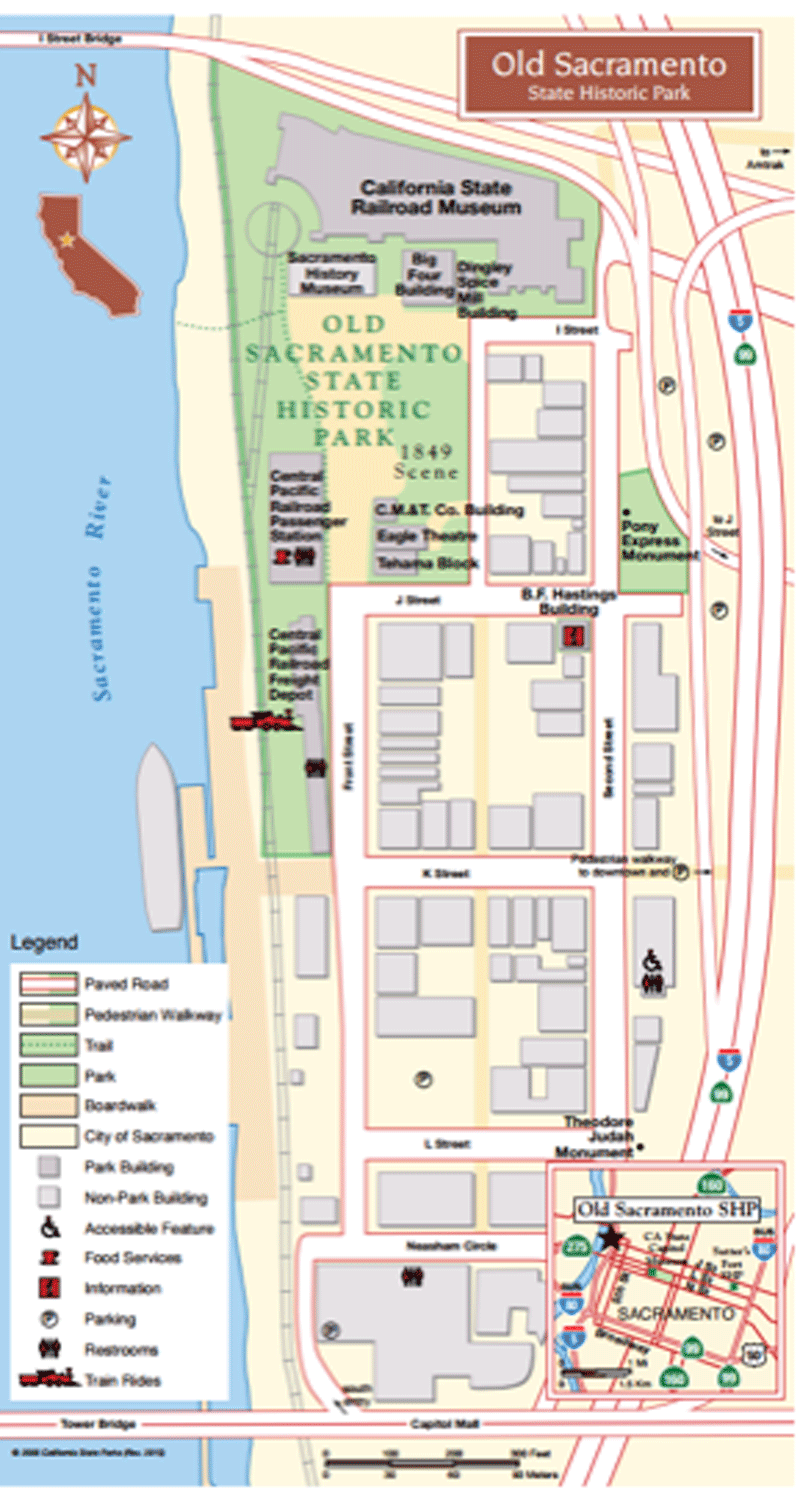 And just to give you an idea of where it is in relation to the stamp show at the SAFE Convention Center:
And just to give you an idea of where it is in relation to the stamp show at the SAFE Convention Center: